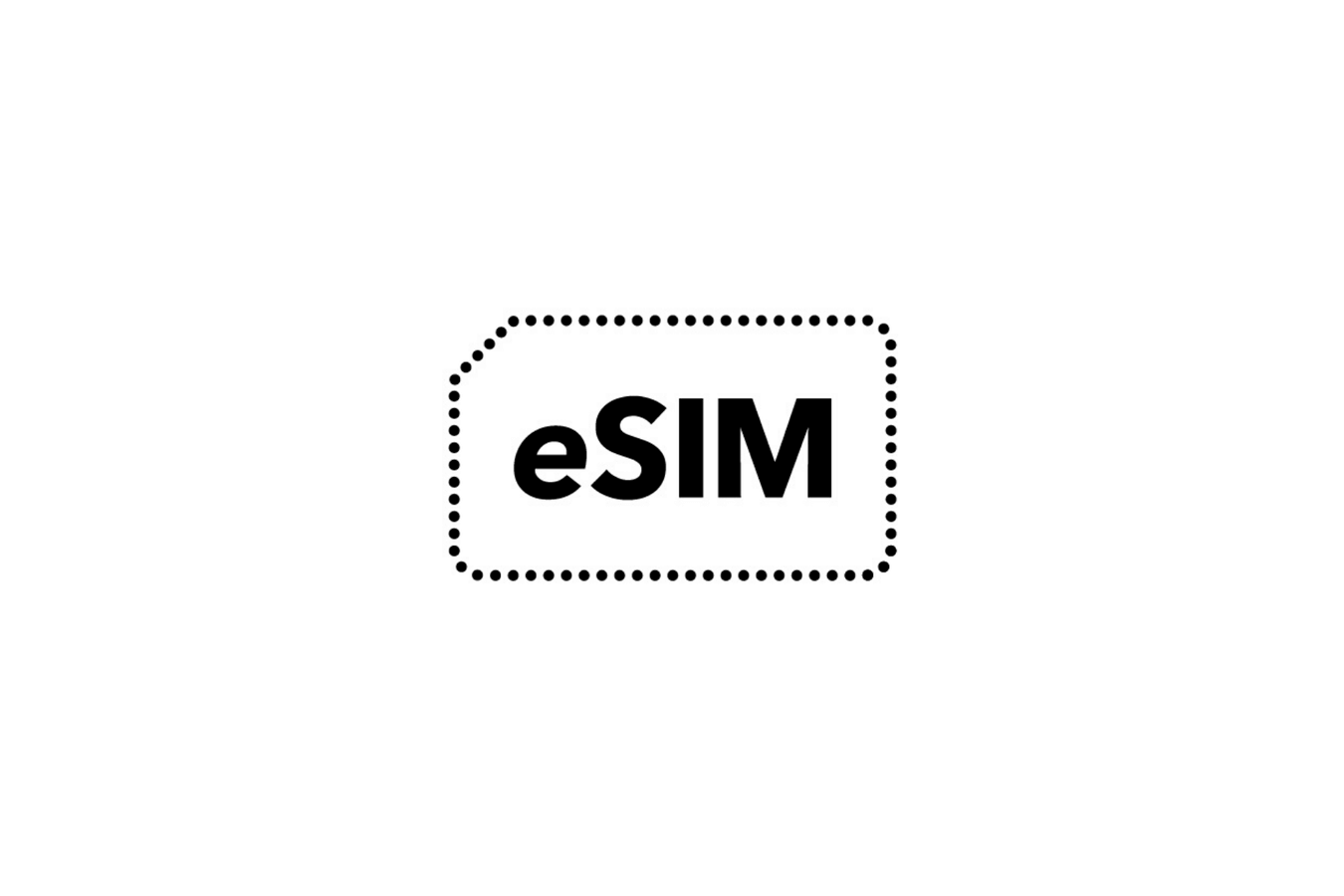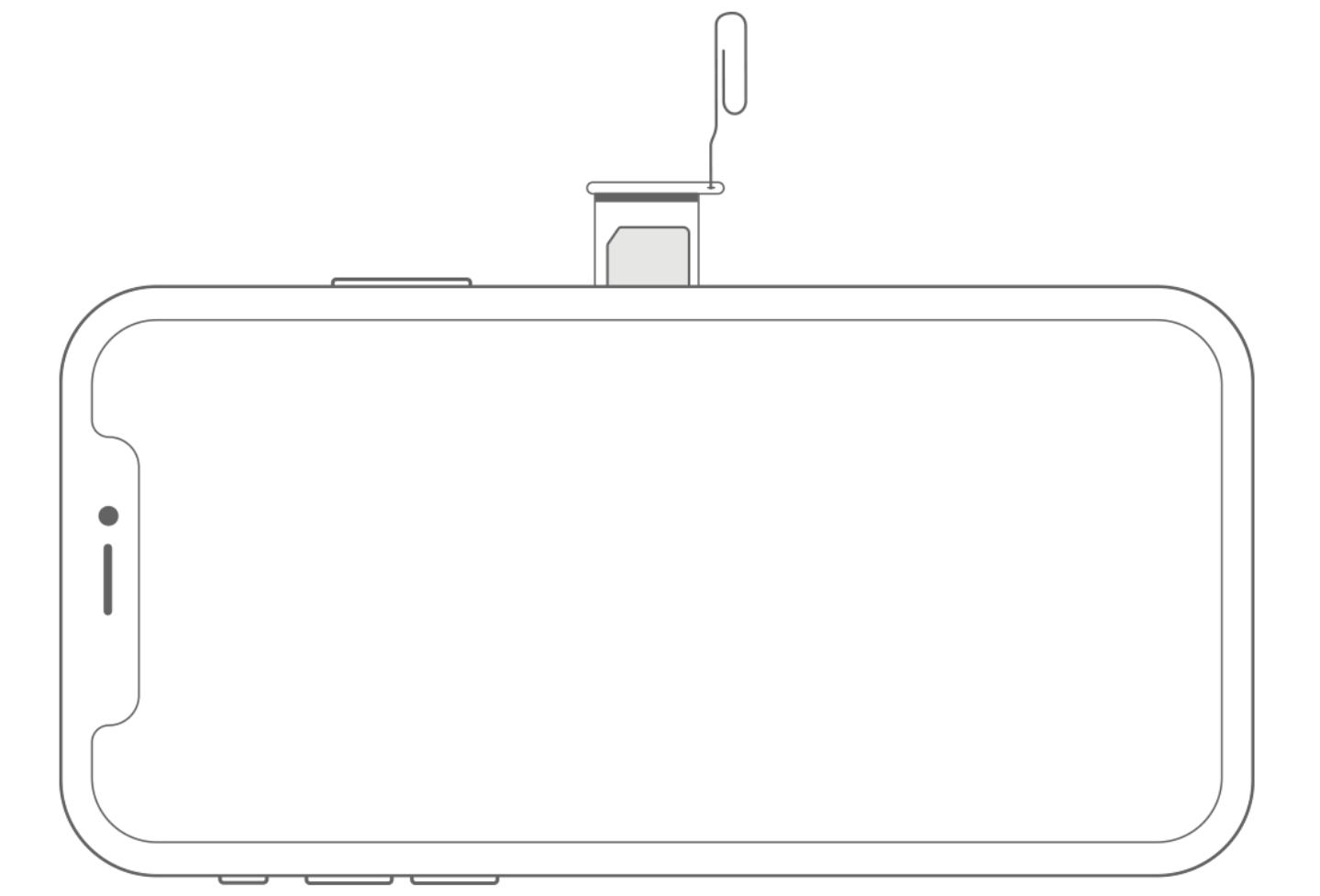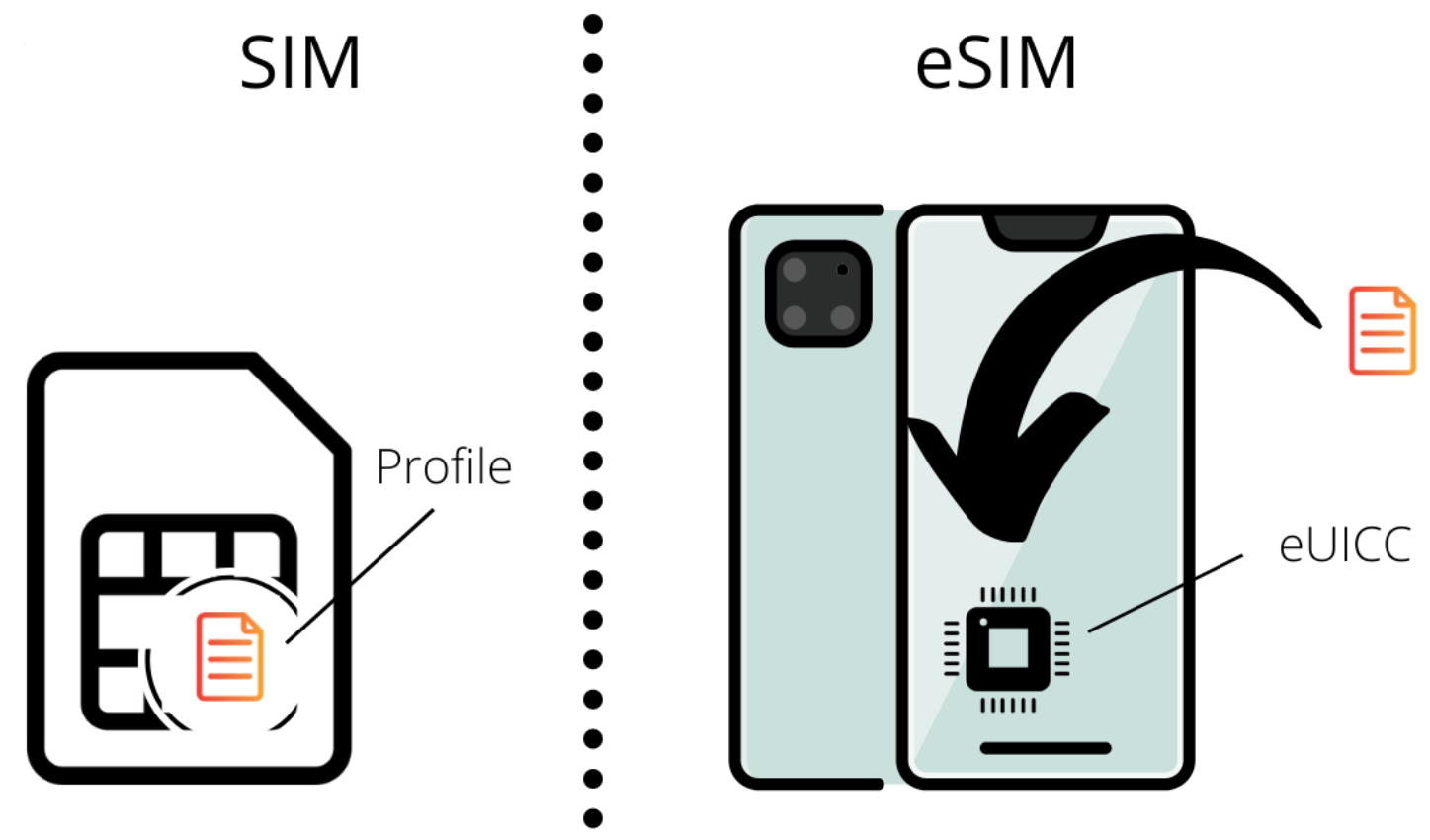What’s an eSIM? Basics and its advantages explained
In this article we will cover in detail what exactly an eSIM is including how it differs from traditional physical SIMs.

Since the release of the iPhone XS / XS Max / XR back in 2018 this new technology has been gaining traction and recognition all over the world. In this article we will cover in detail what exactly an eSIM is including how it differs from traditional physical SIMs.
Let's brush up, what's a SIM again?
First let's review the basics. The acronym SIM stands for "subscriber identification module". This tiny little chip that goes into your phone contains a set of important data. Your individual cell contract with your network provider is contained on this chip. Inserting one of these tiny chips into a smartphone or tablet enables your device to use your personal subscriber information embedded in the chip to make phone calls and connect to the internet. As many of us know, without a SIM card, a smartphone simply cannot function to make calls and can only use the internet if connected to WiFi. In many ways the SIM card is like the "brain" of the phone.
SIM cards have been the prevailing cellular technology for over the past 30 years, going back further than even todays modern smartphones as a whole. These devices are not only used in phones, but a variety of cellular capable devices including IoT/M2M devices.
The defining feature of the SIM card is that it has always been a physical object that could be swapped out freely between devices. A SIM card, for example, can be swapped easily between your phone or tablet. Physical SIMs in the current iPhone can be removed and inserted in the part of the device pictured below.

The next generation of SIM tech - eSIM
An eSIM, or "embedded SIM" is the next generation of SIM technology. Unlike the traditional SIM card that has to be inserted into a device, an eSIM comes, as the name suggests, pre-embedded into your device as a tiny chip (module). This module can be written onto with the necessary information and be used just like a traditional SIM. Since the eSIM module is prebuilt into the device it cannot be removed or switched between devices.
For a mental picture, an eSIM chip in terms of size is about half the size of a traditional nano SIM card.
The biggest difference in base technology between eSIMs and their physical SIM counterparts is that the subscriber information (Profile) is not written onto the SIM card by default. Instead, the profile can be downloaded from the internet and be saved onto and/or rewritten onto the eSIM module.
Until now the change of subscriber information that was previously done when inserting the SIM card into your device, can be performed with an eSIM capable device simply by downloading a profile from different network providers via internet.
A great comparison for this transition to eSIMs is the change from CD/DVD rentals to downloading of content through the internet. It used to be that you had to rent a CD/DVD from a store or have it sent to your home through a subscription service. However now, all this can be done by downloading the content through the internet, able to be enjoyed wherever you are. There is no need to insert and remove a physical disk into a CD/DVD player. Furthermore, because playback is now able to be done on smartphones, tablets, and computers, the "player" hardware (disk slot) is no longer a necessary feature.
Another great comparison to this shift in tech are gaming consoles. Until only a couple years ago (up to about the Nintendo DS), software was purchased and used on physical game cartridges, however, now on the latest consoles like the Nintendo 3DS or Switch, the software can be downloaded digitally straight to your device over the internet.
In almost exactly the same fashion, until now the SIM card, which just like the name suggests, was a physical card (like the game cartridge) is now able to be downloaded over the internet directly onto your device. This downloading of the software on to your device allows you to change network/providers freely just like you would game software.
Here is an example of what the difference looks like in the image below.

Until now the Profile containing the subscriber information (carrier information, user contract information, etc.) was came already pre-loaded onto the SIM card. eSIM's on the other hand, come as a chip pre-built into your device (technical name: eUICC or Embedded Universal Integrated Circuit Card). This chip can have your profile data written onto it after downloading the profile from the internet.
"eSIM" and what it's referring to can change based on context
The above image shows what used to be the all in one chip (hardware) and the preloaded profile (software) is now with eSIMs, separated into two parts. The actual chip or module (eUICC) that comes pre-built into the device is sometimes referred to as an eSIM but the profile you download onto the device is also sometimes referred to as an eSIM as well.
The former, again as the name suggests, is the physical pre-built SIM module which in technical terms what eSIMs actual definition best represents. However, in practice and especially in conversations/online blogs or forums both the module and the profile are commonly referred to as eSIMs. (for example, "I used multiple eSIMs" gets thrown around a lot)
The point here is that depending on the context what eSIM is referring to can change however, if you just take the time to understand the bigger picture of the actual function of the eSIM (which is what this article aims to do) you should be able to converse on the topic with no trouble.
eSIMs advantages
Now let's take a look at the how eSIMs differ from the old generation of physical SIMs and what benefits the average user can get out of this new technology.
eSIMs are extremely convenient for travelers
The ability to switch between carriers as you please may not be that useful to you in your home country but traveling abroad this new tech is extremely useful.
One way of using mobile internet abroad is to buy a physical SIM card from a shop or kiosk and physically insert it in your phone. However with eSIMs there is no need to buy a physical SIM card to insert into your phone or put it in your device. You can buy and download the SIM profile on your own time wherever you are. Moreover, you can start using it immediately after download.
Not having a physical SIM card means that there is absolutely zero risk of misplacing or losing it.
Recent high end smartphones offer a function called DSDS (dual sim dual standby) which means that you can use two different SIM cards at the same time. This coupled with the new eSIM technology would allow you for example to keep your original SIM card with your phone number in the phone while using an eSIM profile for data needs during your trip abroad.

You can download multiple profiles onto one eSIM chip
In the standard eSIM capable devices currently available on the market, you can download multiple profiles on your eSIM. Simply stated, just like a dual SIM phone, you are able to hold two or more SIM profiles on one device. While we're honestly not positive on what this upper limit is, we tested this and were able to have 10 profiles loaded onto a device at one time. Having 10 profiles loaded onto one phone is something that is not possible with a regular SIM or even a dual SIM phone.
While initially purchasing and downloading the profile requires internet access, switching between previously downloaded profiles does not any internet access at all.
In the event that you experience an issue with the current network you are using (e.g internet outage), you can simply switch to a different preloaded eSIM network or start a new contract with a different provider (given you have access to internet for the later).
Using eSIMs can cut various costs
We're not just talking money savings. Until now, getting/using a traditional SIM card involved having to set up or change a contract with a network provider at a physical store or having to wait for the SIM to be delivered to your place (when purchased online). Using eSIMs means that with just basic internet access, starting a new contract or switching between carriers can be done whenever and wherever. This results in savings of both monetary and time costs.
From businesses perspective, the costs and need to manufacture SIM cards will no longer exist. Also transportation costs associated with physical SIM cards as well as managing/warehousing the cards at stores can also be eliminated.
As stated before, this the same as how presently CD/DVD manufacturing costs, transportation, and management costs have all been eliminated.
Of course for companies, there will be the up front costs in the initial investment in the new systems associated with eSIMs, however in the long run, this should result in a cut down of running costs.
Also it said that for smartphone/device manufacturers, because of the compact size of eSIMs compared to traditional SIM cards, space requirements necessary to house the chip in the device will also decrease leading to bigger cost savings over time. No matter how you dice it, eliminating wasted space in devices has always been the aim of device manufactures and the demand from consumers when creating newer models meaning that this change is good news. Also, eliminating the need for a SIM slot will make the device easier to water/dust proof.

eSIM Wrap Up
This change from traditional SIM cards to eSIMs is just one more piece of evidence reflecting the change from physical hardware to downloadable software. Just like our DVD/CD to downloadable content or game cartridges to downloadable game software examples, eSIMs are just one more reflection of this technological shift.
We hope that this article helped you to better understand the basics of eSIMs and their advantages.
*From here is supplementary information
International Standard eSIMs
Up until now the eSIM information and specifics from this article are based on definition of the eSIM standardized by GSMA (GSM Association), a trade body that represents the interests of mobile network operators worldwide. this association has been working on specifications for the eSIM to make it work globally with any mobile network service provider.
Most of the standard major devices like iPhone, Pixel, and Galaxy series devices all . use eSIMs that operate under the standards established by the GSMA. However, for transparency sake, there is a small portion of devices that do not operate by the GSMA standards that we will not be covering in this article. Use those devices at your own discretion.
Because sensitive data contract and personal data is being transferred over the internet, security is of the utmost importance. In order for data protection/safety to be maintained very strict security guidelines have been set by the GSMA for companies that fall under its umbrella/adhere to its standards.

